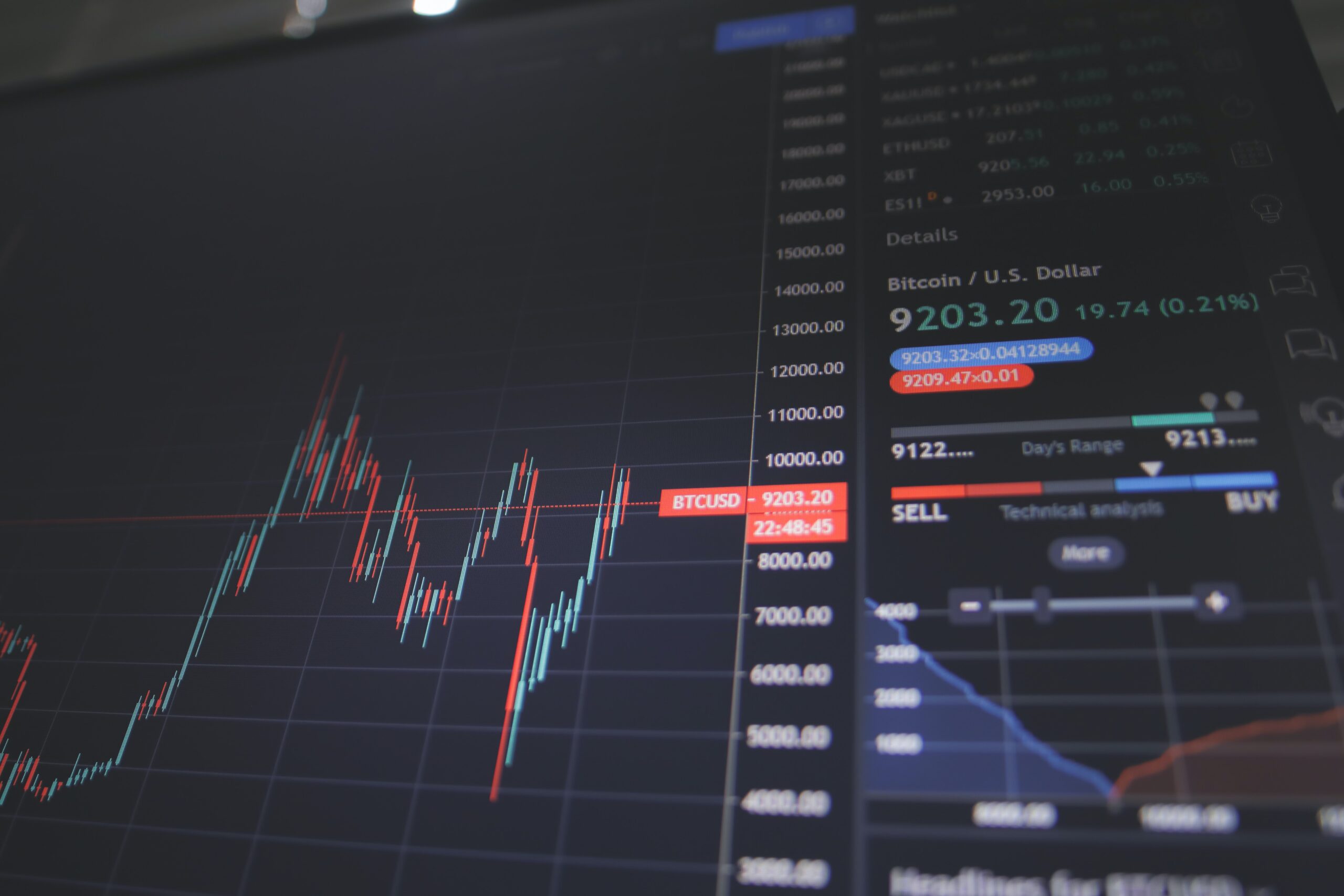Insight Into PEO Vulnerability via Stress Testing
August 4th 2021
Originally published in PEO Insider (August 2021). Reproduced with permission of the National Association of Professional Employer Organizations.
Stress testing is intense and thorough testing to determine the stability of an organization, its systems, and its critical infrastructure. Stress testing can be done deliberately by organizational leadership, or it can occur via external influences. COVID forced the PEO industry into unanticipated stresses in many facets of business. These areas include, but are not limited to, financial management, organizational protocols and infrastructure, operations, sales, insurance programs, technology, mergers and acquisition (M&A), and workforce management.
This article will take a high-level approach in reviewing the areas most impacted by the COVID pandemic. Moreover, it will provide insight into how leadership teams may stress test their PEOs moving forward to avoid costly surprises and will parcel out the business and insurance aspects of stress testing within the PEO model and review the common impacts COVID had on the PEO industry.
Stress Testing the PEO Business
COVID hit our world quickly and without warning. The immediate impacts were felt across all business sectors, while long-term effects are yet to be fully understood. This unexpected external stress scenario illuminated many facets of the PEO business that are susceptible to vulnerability.
Depending on client segmentation, some PEOs were hit harder than others. With revenues and profit down, many companies furloughed employees due to limited cashflow and improvement timeline uncertainty. Leadership was forced to make decisions quickly without understanding the full impact of COVID. Companies migrated to remote working, which challenged their organizations’ technology and workforce management structures. Many PEOs operated on reduced staff, yet still guided their clientele through unprecedented times.
The pandemic was a perfect storm, causing a domino effect throughout PEOs. Revenues and profit were down, impacting cash flow. Stay-at-home orders forced PEOs to operate remotely. Stimulus packages had to be understood and executed. Mergers and acquisitions came to a halt due to the uncertainty surrounding COVID. New business growth slowed, existing worksite employee (WSE) counts shrank, and actuarial estimates were all over the map for the ultimate impact of COVID on insurance plans.
COVID stressed the qualitative functions of PEOs, which resulted in quantitative reductions. While the quantitative reductions during the pandemic varied from PEO to PEO, every PEO was faced with challenges during this time. In light of this global pandemic and the challenges PEOs and their clients faced, PEO leadership should conduct scenario planning for the future. Scenario planning can help PEO stakeholders take various situations into consideration to plan for disruption, can allow the PEO to pivot quicker in the event of the unexpected, and can provide, at a minimum, a blueprint or framework for operations during difficult times.
While it is unlikely that a perfect storm like COVID may occur again in our lifetime, various other stresses can impact PEOs: a down economy, a spike in loss ratios, a jump in SUTA, inflation, adverse regulatory shifts, loss of key staff, cyberattacks, natural disasters, and client industry vertical decline.
Running scenario simulations with leadership can take various forms. However, here are some examples:
- If the PEO lost 30 percent of its revenue overnight, what incremental steps would leadership take?
- If one of its carriers left the market quickly, what is the PEO’s migration plan?
- If an adverse regulatory shift occurred, how could the PEO pivot?
- If the economy tanked and/or inflation shifted dramatically, how would the PEO respond?
- If the PEO lost its technology overnight, what is the contingency plan?
- If the PEO lost the ability to offer master plans, what is an alternative strategy?
- If the PEO’s line(s) of credit were gone tomorrow, how would leadership manage the business?
Stress Testing PEO Insurance
When identifying, quantifying, and stress testing an organization’s insurance programs, PEO leadership need look no further than the pandemic for a rich—and at times painful—case study. Traditional PEO insurance coverages such as workers’ compensation, health benefits, and employment practices liability insurance (EPLI) all saw different levels of impact, with many outcomes adverse, but some unexpectedly favorable. What can we learn from the pandemic to mitigate future potential stresses? We can begin by looking at exposures and claims as high-level variables.
With exposures, the adverse stress scenario reflects that the number of clients, payroll, and WSEs may decrease significantly over a relatively short period such that revenues decrease and cash flow is strained. While most PEOs experienced this to some degree, those in the hospitality and restaurant industries were hardest hit. In this scenario, is the PEO financially strong enough or does it have access to capital to offset a sudden decrease in revenue? What are the PEO’s fixed costs? What are the minimum insurance program costs that will still need to be accounted for despite lower revenue?
With claims, the adverse stress scenario reflects significantly greater claims per exposure than expected. However, with the pandemic, claims per exposure were generally less than expected as exposures decreased (e.g., closed businesses, furloughed workers) and exposure characteristics changed (e.g., new work-from-home environment, non-essential medical visits avoided). That said, some class codes saw increased risk per exposure, for example, nursing home and other front-line occupations. PEOs with material exposure to such classes would do well to review the adequacy of their primary, reinsurance, and aggregate limits, and how this adverse scenario might result in downstream impacts such as increased collateral requirements and unfavorable carrier policy renewals.
As with any stress testing, it is worth considering the impact of the above scenarios not just in the present but, for example, over a period of five years. The pandemic lasted far longer than some initially prognosticated, and its long-term effects are still largely unquantifiable. A PEO’s leadership can evaluate the adverse impacts of exposures and claims over two consecutive years and see what the future state of the business might be over the next three years under less stressful conditions. Such forecasts may produce actionable insights for leadership, especially if the firm needs greater confidence in meeting short-term or long-term goals.
Benefits of Stress Testing
Stress testing an organization, while it takes effort, will help outline contingency plans for the PEO should adverse scenarios strike. Dedicating time to review potential variables can provide a PEO with greater insight, flexibility, and speed of adjustment for the qualitative functions of the business, thus potentially reducing the quantitative dips incurred via the stressing event(s).
-
May 15th 2020
COVID-19s Impact on Worker’s Compensation Costs and What PEOs Can Do
Originally published in PEO Insider (May 2020) Reproduced with permission of the National Association of…
-
February 15th 2019
A PEO’s Field of Dreams – Insurance Program Structure
Every time I attend a professional sporting event, I am always in awe…
-
March 26th 2024
Approaching the 2024 EPLI market
It has been a while since I last shared on the EPLI environment.…
-
April 4th 2024
Explore Atlanta After 2024 Spring Meeting
SCOPE I have examined the list of 5 fun things to do in…
-
April 5th 2024
Achieving Mental Health Parity: Your Guide to NQTL Compliance
The Mental Health Parity and Addiction Equity Act (MHPAEA) aims to ensure your…
-
March 26th 2025
New Year, New Insights on Workers' Comp & EPLI Trends
As we step into 2025, the insurance landscape for workers’ compensation (WC) and…




